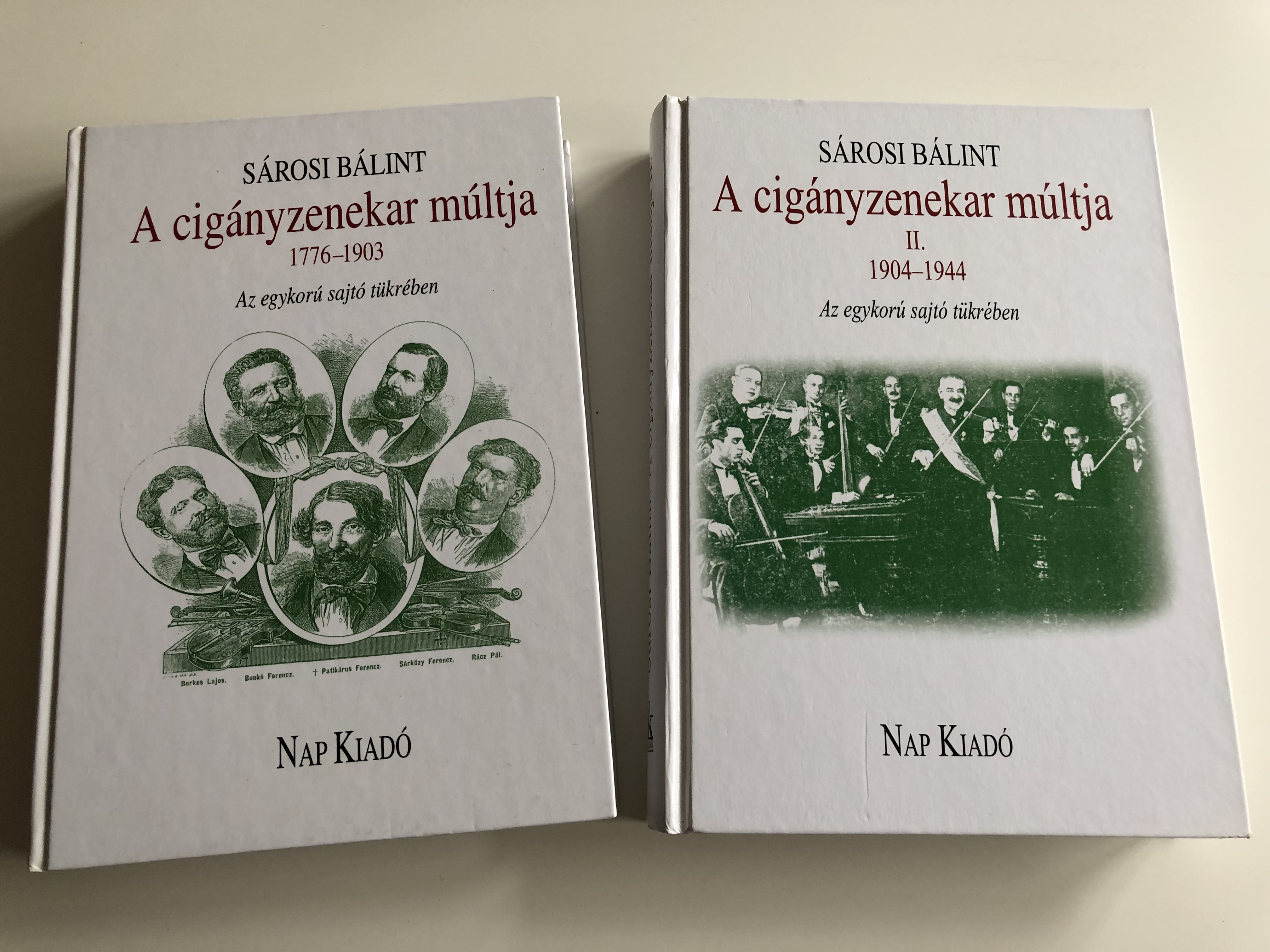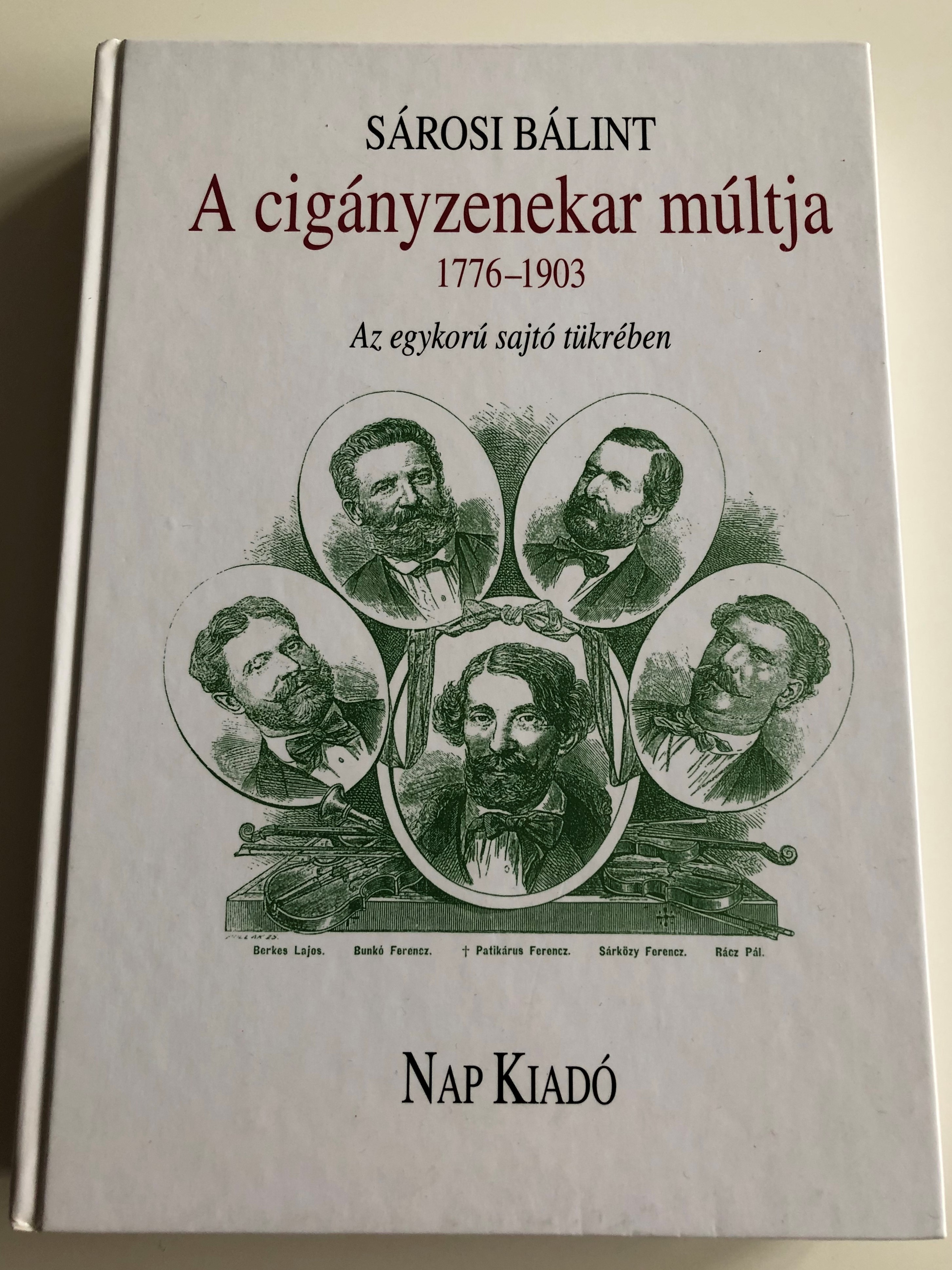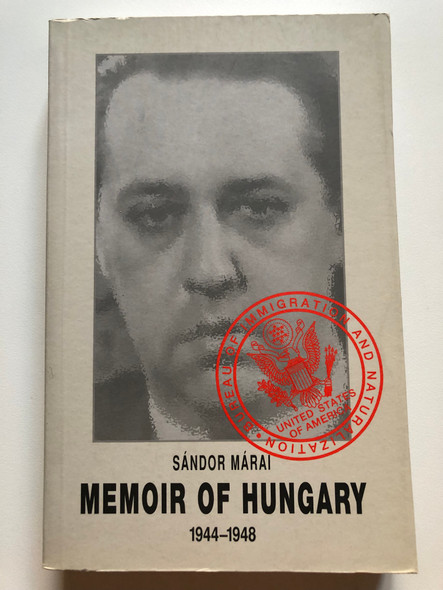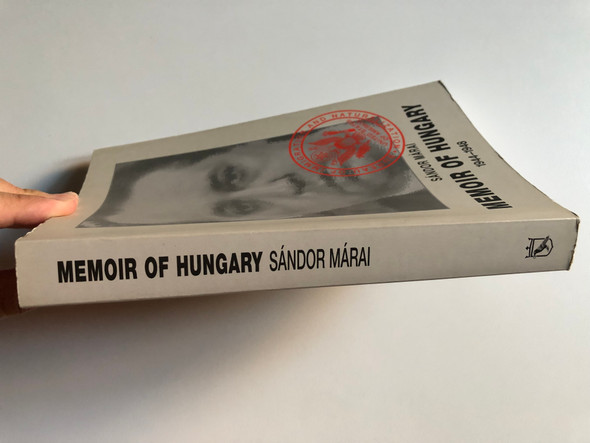Description
A cigányzenekar múltja 1776-1944 I.-II. by Sárosi Bálint - Dörnyei Sándor / Az egykorú sajtó tükrében / The History of the Hungarian Gypsy Orchestra SET (Volumes I. & II. 1776-1944) / Nap Kiadó
Hardcover 2012
ISBN: 9789639402416 / 978-9639402416 (Vol. 1)
ISBN: 9789633320006 / 978-9633320006 (Vol. 2)
HU ISSN 1217-534x
ISBN-10: 9639402419 (Vol. 1)
ISBN-10: 9633320003 (Vol. 2)
PAGES: 480 + 504
PUBLISHER: Nap Kiadó Kft.
LANGUAGE: Hungarian / Magyar
About The Authors:
Sárosi Bálint (Csíkrákos, 1925. január 1. –) Széchenyi-díjas magyar népzenekutató, a zenetudományok akadémiai doktora. A Széchenyi Irodalmi és Művészeti Akadémia Zenei Alkotóművészeti Osztályának rendes tagja.
Dörnyei Sándor Szarvason született. 1944-től Budapesten, a Pázmány Péter Tudományegyetem magyar-latin szakán folytatta tanulmányait, az Eötvös Kollégium diákjaként. Az őt régóta ismerők szerint ma is meghatározza lényét, személyiségét a kollégium szellemisége és annak ismert jelmondata: „Szabadon szolgál a szellem”. 1948-ban bölcsészdoktori, majd a következő évben középiskolai tanári oklevelet szerzett.
Bálint Sárosi (Csíkrákos, 1 January 1925 -) Széchenyi Prize-winning Hungarian folk music researcher, academic doctor of musicology. He is a regular member of the Music Art Department of the Széchenyi Academy of Literature and Art.
Sándor Dörnyei was born in Szarvas. From 1944 he continued his studies at the Pázmány Péter University in Budapest as a student of the Eötvös College. According to his long-standing acquaintances, his spirit and personality are still determined by the spirit of the college and its well-known slogan: "The spirit is free." In 1948 he graduated as a PhD, and in the following year he obtained a diploma from a secondary school teacher.
Hungarian Summary:
A 20. század elején Kodály és Bartók által megkezdett modern magyar népzenekutatás és ennek nyomán a század harmincas-negyvenes éveiben elindult népzenei mozgalom sok évtizeden át nem vett tudomást a 19. század népies zenéjéről - verbunkosról, csárdásról, népies dalról - és annak szinte egyedül elismert művelőiről, a cigányzenészekről. Kodály volt az is, aki a meggyökeresedett népdalos légkörben, 1955-ben először figyelmeztetett: a magyar nóta (népies dal) hosszú ideig egyetlen zenéje volt a magyarság zömének. Jelen kézirat anyaga a 18. század végétől a 20. század elejéig terjedő időszakaszt, a cigányzene felfelé ívelő, fényes pályáját és delelőjét követi...
A cigányzene és a cigányzenészek életében, ugyanúgy, ahogy az egész társadaloméban is, változások jelei a 19. század utolsó évtizedeitől az első világháborúig alig észlelhetők. A háború kezdetéig a cigányzenés szórakozást is a boldog békeidők szelleme lengi át. A cigányzenekarok történetét ismerjük meg Sárosi Bálint gyűjtésében; hogy éltek 1904-1944 között, hogyan szerepeltek a sajtóban, milyen hírünket vitték a világban? A kötethez a Név-, dal- és helymutatót Dörnyei Sándor készítette.
English Summary:
The modern Hungarian folk music research started by Kodály and Bartók at the beginning of the 20th century and the folk music movement that started in the thirties and forties of the century ignored the popular music of the 19th century - verbunkos, csárdás, folk songs - for many decades - of the gypsy musicians. It was Kodály who, for the first time in 1955, warned that the Hungarian song (folk song) was the only music of the Hungarians for a long time. The material of this manuscript follows the period from the end of the 18th century to the beginning of the 20th century, the uplifting, glorious track of the gypsy music.
In the life of gypsy music and gypsy musicians, as well as in the whole of society, signs of change can hardly be seen from the last decades of the 19th century to the First World War. Until the beginning of the war, Gypsy music entertainment will be flattered by the spirit of happy peacetime. We learn about the history of Gypsy orchestras in the collection of Bálint Sárosi; how did they live between 1904 and 1944, how did they appear in the press, what news did they bring to the world?



















